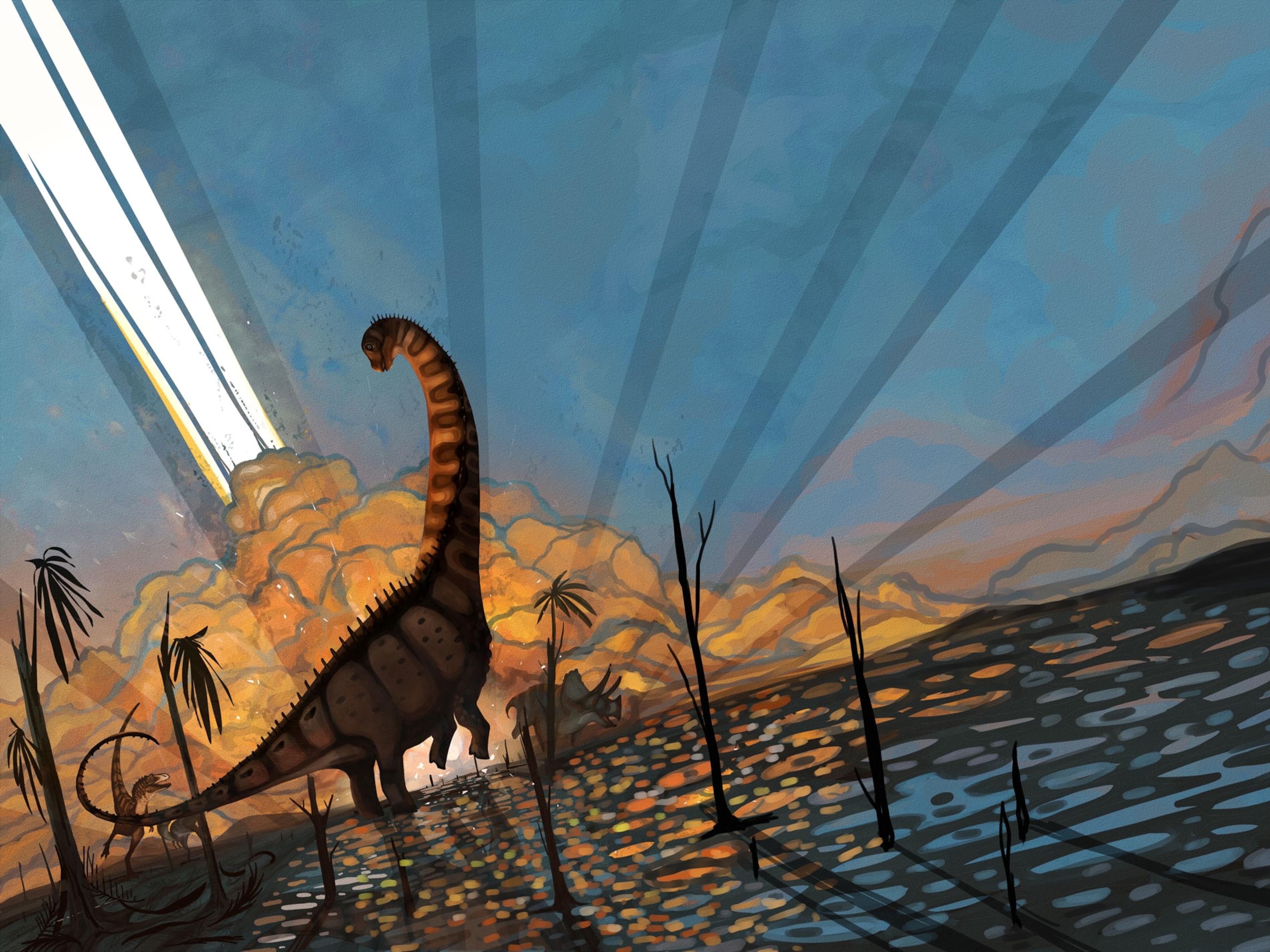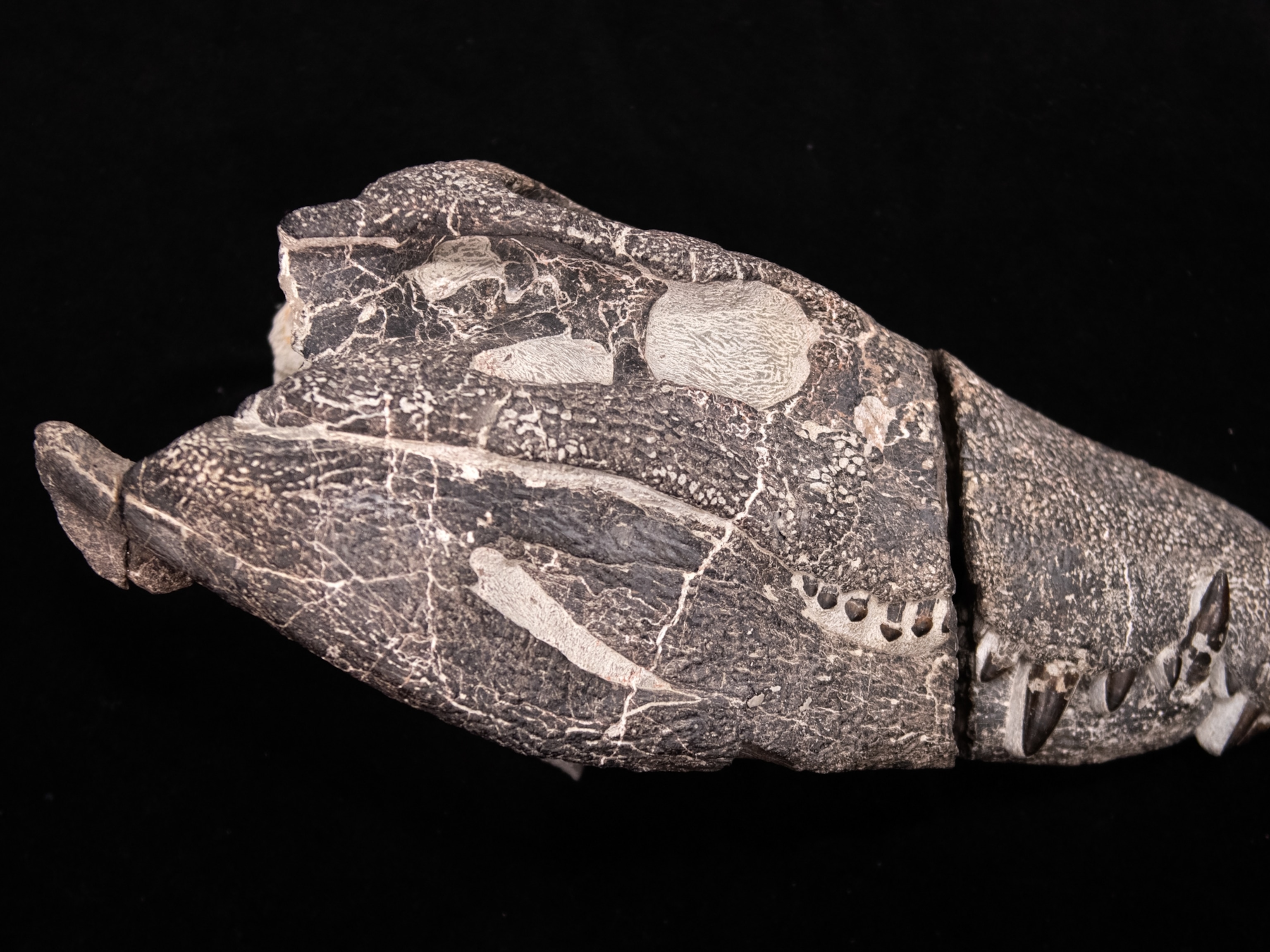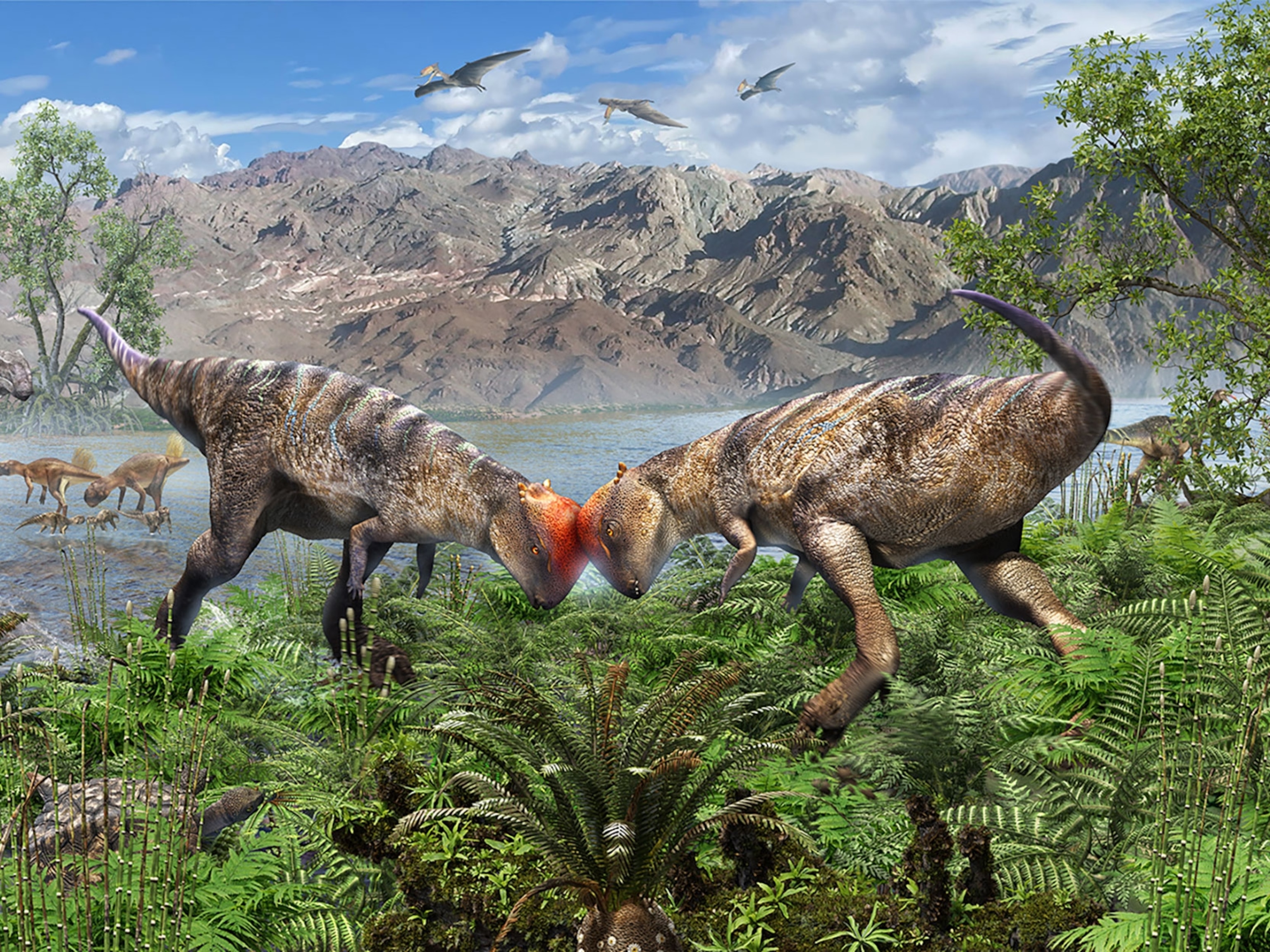A new fossil find has set paleontologists abuzz: Ancient nests confirm that bees were alive and well in Patagonia 100 million years ago, marking the oldest fossil evidence for modern bees.
The nests, described recently in the journal PLOS ONE, consist of tunnels studded with grape-shaped alcoves, where the ancient bees’ larvae could mature undisturbed. The only group of living insects that builds nests in this particular way is the family Halictidae, a global and highly diverse bee group also known as the sweat bees. Some modern halictid bees build underground nests that look almost exactly like the newfound fossil burrows.
Since it’s unlikely that some unknown animal happened to construct the same nest architecture, researchers are confident that halictid bees built the fossil nests, which were preserved in rocks that formed between 100 and 105 million years ago. The nests are at least several million years older than the next-oldest bee nests, which formed around 94 to 97 million years old, and much older than the oldest definite body fossil of a bee, which is probably no more than 72 million years old.

The find adds crucial detail to the evolutionary story of bees, one of the most important pollinator groups, and helps confirm that bees and some of the first flowering plants diversified in tandem around 110 to 120 million years ago, during the Early Cretaceous.
“It further solidifies this timeframe ... [and] it’s just kind of striking that, because they leave this secondary kind of fossil, it’s another lottery ticket that we as paleontologists can pick up,” says Phil Barden, an evolutionary biologist at the New Jersey Institute of Technology who wasn’t involved with the study.
Burrowing into the past
Fossil finds generally conjure up images of a skeleton or the outlines of a long-dead animal’s body. But many other traces of ancient life can survive up to the present, including footprints, nests or burrows, and even pieces of poop (known as coprolites). These preserved structures, called trace fossils, capture particular moments in time and can often tell scientists a great deal about extinct animals’ behavior.
“A body fossil is a picture frame. A trace fossil is a complete movie,” lead study author Jorge Fernando Genise, a paleontologist at the Bernardino Rivadavia Natural Science Museum in Buenos Aires, says in an email. “You can ‘see’ the insects moving, digging, visiting flowers, [and] constructing walls.”
When Genise was a child, he was fascinated with wasps, and since then, he’s literally written the book on how to study prehistoric insects from the trace fossils they’ve left behind. His chief focus is the Cretaceous period, when most insects that leave behind preservable traces either arose or diversified.
In 2015, Genise and his colleagues visited the Castillo Formation, a collection of rock outcrops in southern Argentina that formed 100 to 105 million years ago, to hunt for ancient insect nests. Reaching the site was no walk in the park. By day, sunshine and wind blast Patagonia’s endless, lonely terrain, and at night, temperatures plummet to biting cold. “In that context, the field work is very hard but at the same time very nice, particularly when you find a kind of treasure hidden in the rocks and make it available for science,” Genise says.
As the team walked along a cliff face, team member J. Marcelo Krause, a paleontologist at Argentina’s Egidio Feruglio Paleontological Museum, spotted a structure sticking out of the rocks, which turned out to be a fossilized halictid bee nest. To recognize Krause for his find and his contributions to the field, Genise and his team named the fossil nest Cellicalichnus krausei.
Genise’s team returned to the site in 2017, collecting as many fossils as they could, including some additional trace evidence of beetles and wasps. They also took chemical data to better understand the ancient soils that the bees chose to construct their underground homes. The insects seem to have nested in a floodplain environment, in soils formed from relatively fresh volcanic ash.
Genes and fossils meet
Genise’s team also developed a new bee family tree model, combining DNA from 64 living bee species with the newfound fossil nests and previous fossil finds. DNA alone can generate useful family trees, but estimating when various groups lived and diverged from one another can be tricky. By layering in fossil data, Genise and his colleagues could constrain the minimum ages of some bee groups, and the new fossil nests revealed that halictids evolved more than 100 million years ago.
The model shows that modern bees started diversifying at a breakneck pace about 114 million years ago, right around the time that eudicots—the plant group that comprises 75 percent of flowering plants—started branching out. The results, which confirm some earlier genetic studies, strengthen the case that flowering plants and pollinating bees have coevolved from the very beginning.
Now that Genise’s team has unveiled these ancient nests, he and his colleagues are working to analyze other remarkable trace fossils, including some that preserve ancient dragonfly behavior and a fossil ant nest seemingly rummaged through by an ancient anteater relative. “With this team, any future research is possible,” he says.






